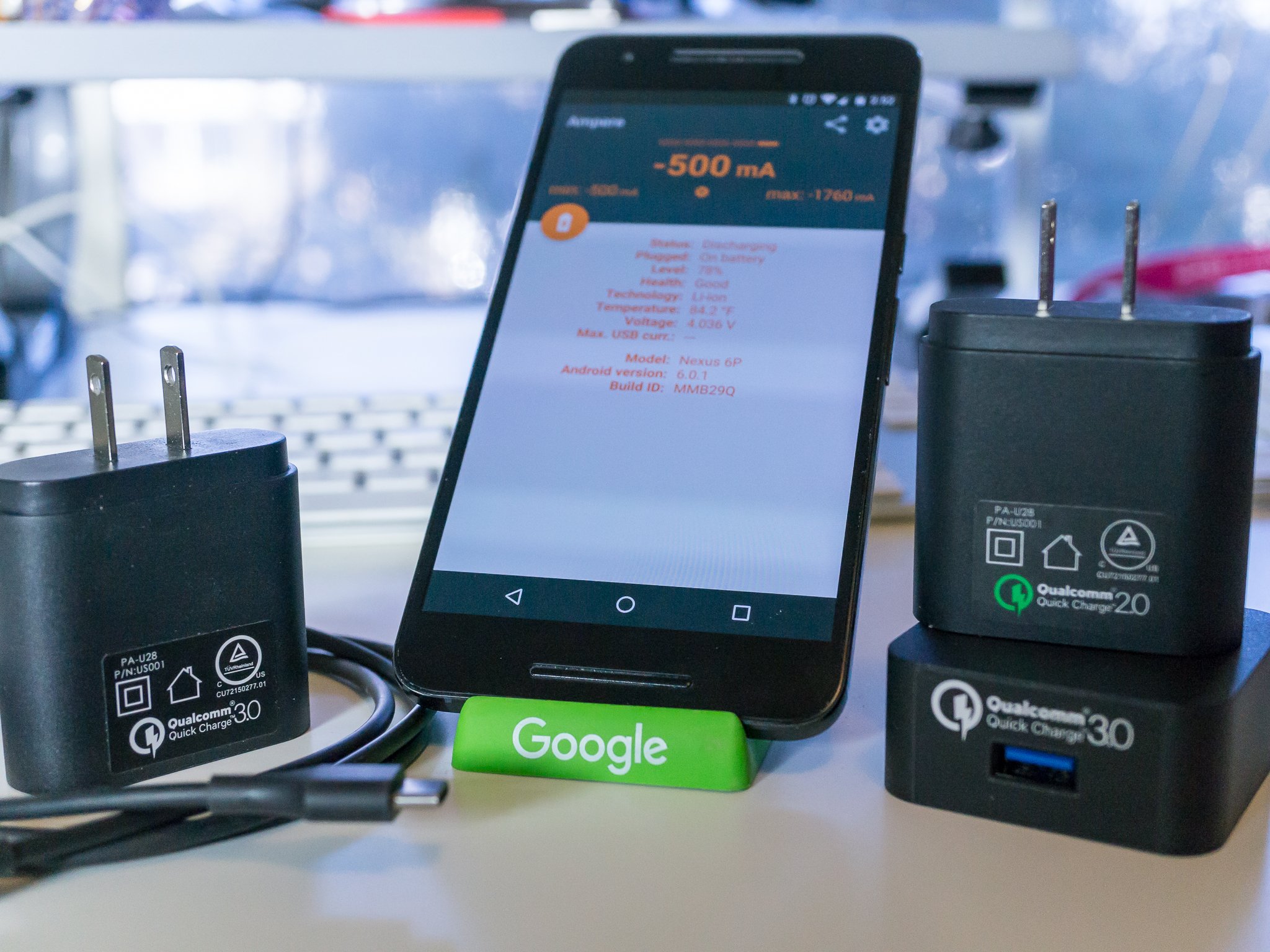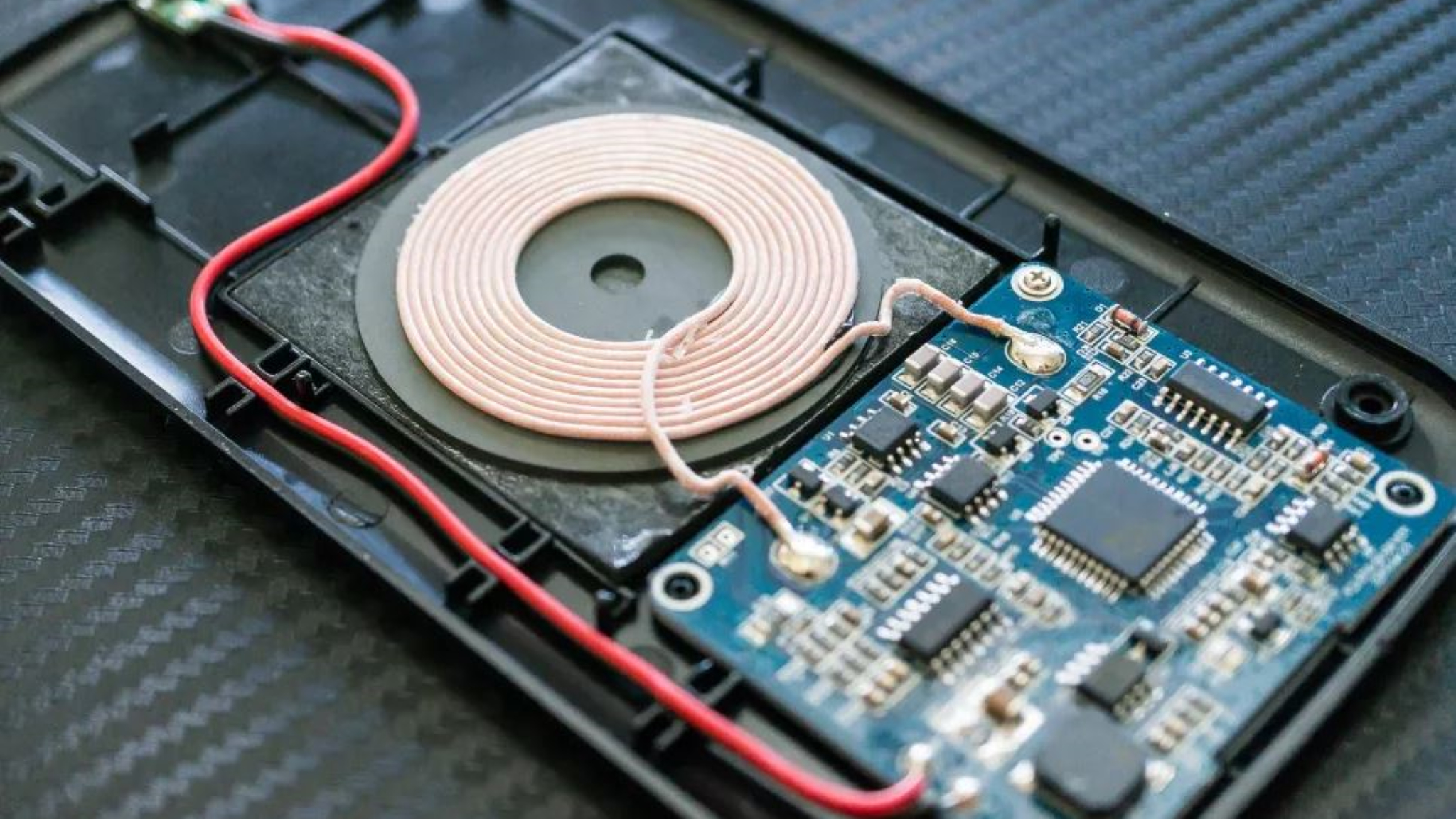Wireless charging vs. wired charging vs. 'Fast Charging': How do they compare in efficiency?
All chargers waste energy but some waste more than others.

When it comes to charging our phones, most of the talk is about speed and convenience. That's why everyone wants one of the best wireless chargers for their phone. But there's another part of the equation, and while it doesn't get much attention, it's still important: efficiency.
Efficiency is important because it determines how much power is wasted and how hot our batteries get. We're all familiar with the latter, especially since we've seen what happens when batteries get too hot, but nobody seems concerned with the former. That's because of scale — even the most inefficient phone charging method wastes a lot less electricity than keeping your microwave oven or television or cable box plugged in all the time. But I think it's still a subject worth exploring.
Charging your phone does waste electricity, but it is getting more efficient every year.
The too long, didn't read explanation is that the most efficient way to charge your phone is the slowest way: a simple USB-A 5-volt 1-amp charger coupled with a short and stout cable plugged directly into your phone. It's also a method that most people aren't ever going to use because it's super slow, and speed and convenience matter.
The good news is that Fast Charging, whether it be a proprietary solution from companies like Qualcomm or OnePlus, or a more open method like what the USB Consortium offers through USB standards like Power Delivery, is getting a lot more efficient. This isn't an accident, and all companies involved are working on ways to charge your phone faster than ever while also being safer than ever.

When you're dealing with electricity, faster and safer means one thing — cutting down on energy wasted as heat. Heat is a natural by-product of electricity, along with magnetism and light. Those three things are really all electricity can do as far as things we can see or feel. When your goal is to move more electrons from point A to point B, you must address the heat factor and safely addressing it also makes things more energy efficient.
Software can do more than hardware when it comes to efficient charging.
Most of the improvements in this area are actually made through software when it comes to charging faster. Designing a charger that will deliver more wattage is relatively simple and there are ways to build the products so they stay cooler — GaN (Gallium Nitride) chargers are a fairly big breakthrough here. The most important factor, though, is knowing when to drive things at a higher wattage and when to scale them back.
Your phone is wired to know exactly how much power is coming into the charging port, how much power the battery can safely "absorb," and the temperatures of all the circuitry involved. When a phone can effectively communicate with the charger, it can be controlled to deliver what the device wants when it comes to power. The main goal of this smart communication is safety, but a byproduct is efficiency because less heat means less power is being wasted.
Get the latest news from Android Central, your trusted companion in the world of Android

Wireless charging follows the same path, but it's much harder to tame. You might not know it, but a wired charger and a wireless charger are the same in a lot of ways. The biggest difference is the size of the air gap (distance between) of the two coils. You can transform AC power by placing two wound coils very close to each other, and the number of windings of a copper wire determines the change of the voltage: 10,000 turns on an input coil and 1,000 turns on an output coil can drop the voltage by 90%.
Wireless charging uses electricity generated between two coils in close proximity to each other. It's safer but more wasteful.
A wireless charger uses two coils in close proximity to transfer voltage instead of transforming it. The input coil is in the charger and the output coil is in your phone, and when power is applied to the input, it oscillates and magnetism will cause the output coil in the phone to oscillate, too. When you oscillate a copper wound coil in a magnetic field, you generate electricity. This is a very rudimentary explanation that leaves out some of the small details, but it's easy to understand if you're not an engineer.
Efficiency in a coil-wound transformer or a set of inductive coils depends a lot on the air gap mentioned above — the larger the gap, the less energy can be transferred. Without doing a lot of math and listing a lot of insignificant exceptions, a set of inductive coils is about 70% as efficient as a directly wired circuit. That means 30% more power is wasted as heat between the wall plug and your phone when you put it in a wireless charger.

Finally, all charging methods also depend on what happens inside the phone when it transfers power from the charging port or wireless charging coil to the battery. Companies that make phones are working on ways to move power into the battery while not adding extra heat. Theoretically, this is impossible, but it can be mitigated a good bit. OnePlus' Warp Charge Wireless design and others like it have made a big improvement in this space through the use of charge pumps. Fast charging at speeds that rival wired and don't add much extra heat is now possible.
When everything is said and done, you're not really wasting a lot of energy with any phone charging method. But some are more efficient than others, and phone manufacturers are working on ways the make the more convenient methods like fast charging and wireless charging even less wasteful.

Jerry is an amateur woodworker and struggling shade tree mechanic. There's nothing he can't take apart, but many things he can't reassemble. You'll find him writing and speaking his loud opinion on Android Central and occasionally on Threads.
